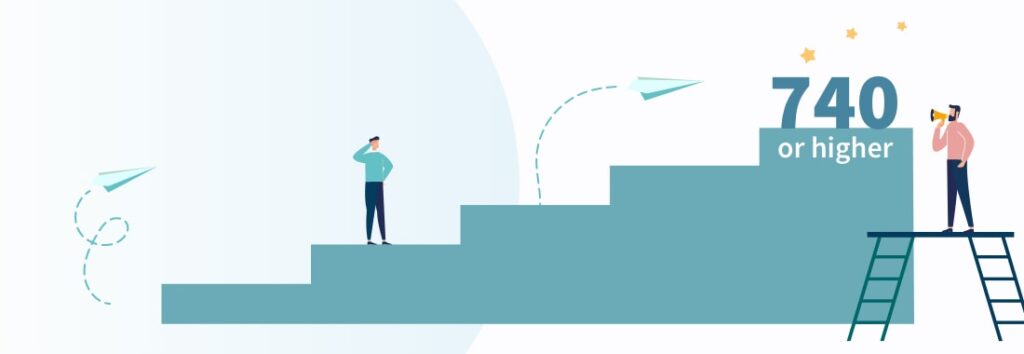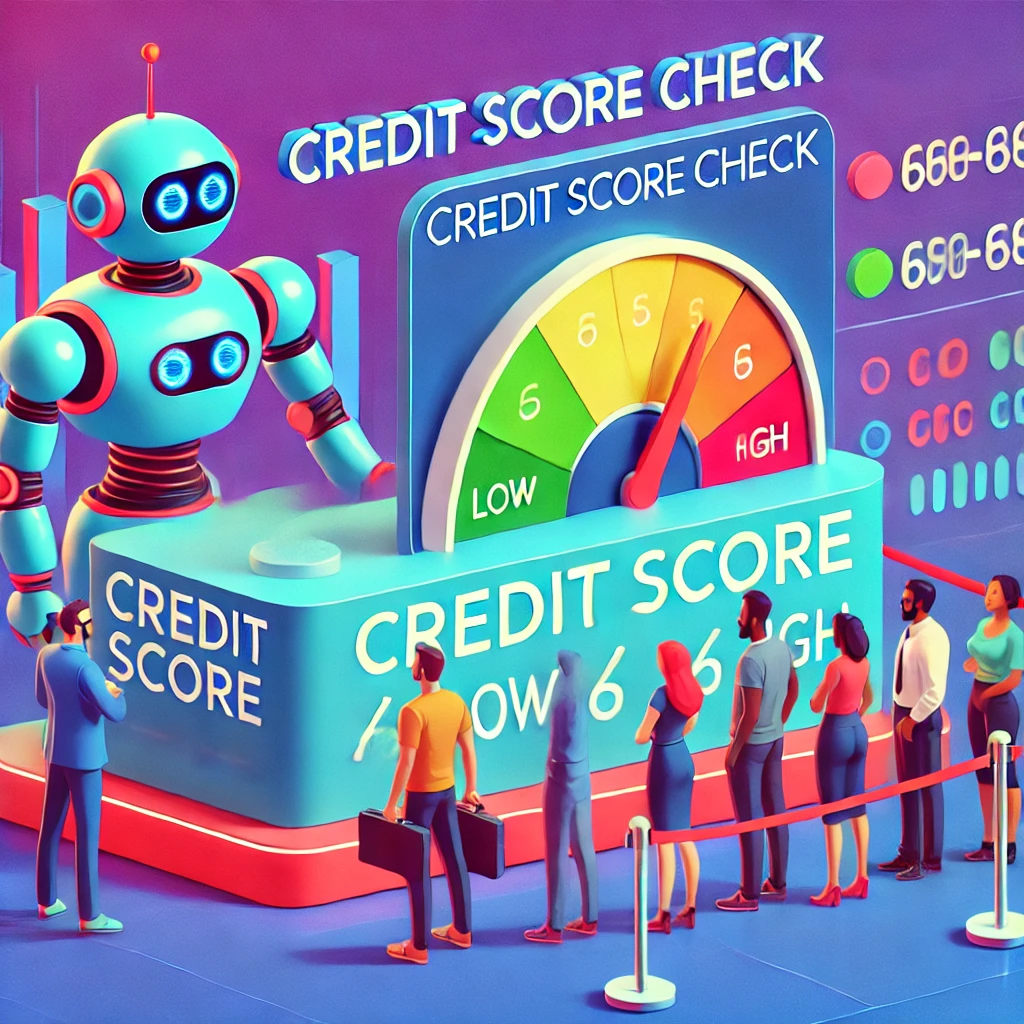What is a FICO Score?

Table of Contents
INTRODUCTION:
Your FICO score is one of the most important numbers influencing your financial life. It affects your loan approvals, interest rates, and overall financial credibility. Understanding your FICO score and aiming for the maximum FICO score can have a significant impact on your financial future, opening doors to better loan terms and lower rates.
Key Takeaway:
- FICO scores range from 300 to 850; 850 is the maximum score.
- FICO is used by 90% of U.S. lenders to evaluate creditworthiness.
- Several FICO versions exist for different lending industries.
- Payment history and credit utilization are major factors in your score.
- Monitoring your FICO score helps identify errors and prevent identity theft.
Credit scores are quite important for your financial credibility. They tell potential lenders and loan companies whether you are a reliable borrower and whether they can trust you with their money or not. Typically, there are two types of credit scoring systems: FICO scores and VantageScore.
In the US, FICO scores are trusted by almost 90% of lenders. So, it’s important for you to learn about FICO in detail, along with how they differ from traditional credit scores, to manage your finances better.
What is a FICO Score?

Typically, a FICO score is a three-digit credit score based on your credit information. It’s provided by an American data analytics company that goes with the name FICO, originally Fair, Isaac, and Company. It helps lenders determine how likely you are to repay a loan within the given timeframe.
The FICO score ranges from 300 to 850. The higher your score, the more authentic and credible your profile will appear in front of potential lenders. This makes it easy for you to secure loans at relatively lower interest rates.
The maximum FICO credit score is 850, representing perfect credit health. Reaching this score requires a long credit history, excellent payment record, and low credit usage. While anything above 760 already qualifies you for top financial offers, 850 shows the highest level of creditworthiness. Understanding this can help you make smarter financial decisions.
Different FICO Score Versions
Over time, FICO has developed a series of different versions of its credit scoring model to meet the needs of a diverse audience. Here’s an overview of the different FICO score versions:
FICO Score 9
The FICO score 9 is pretty similar to the FICO version 8 and came to light for lenders in 2014 and consumers in 2016. This FICO score version is considered more forgiving, and here’s why:
- Collection accounts typically refer to a debt account that’s managed by a collection agency or debt buyer once you fall behind on your payments. In the FICO score 9 version, it’s mentioned that collection accounts that are marked as “paid in full” on a consumer’s credit history don’t impact the credit score.
- Medical collections are considered different from other types of debts. This means the impact of an unpaid medical bill on your overall FICO score will be way less than that of other unpaid bills or collections. It’s pretty helpful for 15 million Americans disproportionately living in the South and low-income communities collectively having $49 billion in outstanding medical bills collection.
- Rent payments reported by landlords are now part of the credit score calculation. This makes it easy for young adults to build their credit scores faster.
- FICO Auto Score 2
- FICO Auto Score 4
- FICO Auto Score 5
- FICO Auto Score 8
- FICO Auto Score 9
- FICO Auto Score 10
- FICO Mortgage Score 2
- FICO Mortgage Score 4
- FICO Mortgage Score 5
Credit Card
- FICO Score 3
- FICO Bankcard Score 2
- FICO Bankcard Score 4
- FICO Bankcard Score 5
- FICO Bankcard Score 8
- FICO Bankcard Score 9
- FICO Bankcard Score 10
What is a Good FICO Credit Score?

Now that you are aware of the different versions of the FICO credit score, you must be wondering what is a good score. If so, here’s an overview:
- Exceptional: 800 to 850
- Very Good: 740 to 799
- Good: 670 to 739
- Fair: 580 to 669
- Poor: 300 to 579
How is the Fico Score Calculated?

If you are wondering how your FICO score is calculated, here’s a detailed explanation:
Payment History (35%)
Your payment history is one of the most important factors in the FICO credit scoring system. It includes checking whether your bills are paid on time. It can comprise almost everything from your utility bills like water and gas bills to loan repayments.
Other than that, it also takes into account different types of payments you may have utilized at some point and how timely you’ve paid dues in the past, like credit cards, installment amounts, and finance company accounts.
If you follow all your due dates and make payments on time, it’ll reflect on your credit report, positively impacting your credit score. However, if you fail to make a payment around 30 days late, it will stay on your credit report for at least seven years and also lower your FICO credit score.
Tip: Set automatic payment options so that bills are deducted from your account before the due date passes every month, ensuring a positive credit score and no penalties.
Amount Owed (30%)
The next big factor that helps credit bureaus decide your FICO score is the amount owed. In this, the credit bureaus look at the total credit you are currently using compared to your total available credit.
It’s actually known as the credit utilization ratio, and to have a good FICO score, you must maintain an amount owed or credit utilization, whether in the form of loans or other credits, around 30% or below.
For instance, if your credit limit is around $10,000, you should aim to owe no more than $3,000 at any given time. Otherwise, it’ll negatively impact your credit score, also denting your financial credibility.
Why Find Your FICO Score?
Here are some points that tell you why you should find and regularly review your FICO credit score:
- Checking your FICO credit score gives you a snapshot of your creditworthiness. You get to know your standings on the FICO score scale, which helps you understand how lenders view your financial behavior.
- You can easily pinpoint inaccuracies in your credit score, like if any payment isn’t updated, and contact the credit reporting agencies to rectify them.
- Other than that, you may also spot any unauthorized activities like identity theft or other fraudulent activities. It’s highly important as the FBI reported 27,922 victims of identity theft in 2022, and most of them were credit card frauds.
FICO Score vs Credit Score

Many people ask, “What’s the difference between a FICO score and a credit score.” If you’re also unsure about these terms, here’s an overview of the differences and similarities between both:
Well, both FICO scores and credit scores refer to the same thing. Typically, credit scores are a general representation of your creditworthiness. On the other hand, FICO is a specialist type of credit score that’s provided by Fair, Isaac, and Company.
Lenders, creditors, and cell phone companies rely on your credit score to figure out whether you are trustworthy enough before providing you with their products or services.
FAQs
How to improve your FICO score?
To improve your credit score, you should make timely payments. Whether it’s your utility bill or cell phone company charges, make sure to pay all the debts before the due date. Also, you should avoid opening multiple accounts as this leads to a hard inquiry that can negatively impact your credit report and overall FICO score. Most importantly, keep your credit utilization to a minimum (30% or less), and you’ll see a boost in your credit score.
What happens if you have a bad FICO credit score?
If you have a bad FICO score, you’ll face various challenges, like loans at high interest rates and short repayment times. It also makes it difficult for you to get auto or home loans, taking your dream assets far away from you. Sometimes, you have to wait for a long time to get a loan, and in other scenarios, lenders can completely reject your loan application, putting you under financial strain.
How often should you check your FICO credit score?
You should check your FICO score once a year; however, considering that it gets updated almost every month, it’s a good idea to review it quarterly (four times a year). This ensures that you are updated about your current FICO score standing, errors in the score and credit report, and any chances of identity theft.
Can you have multiple FICO scores?
Yes, you can have multiple FICO scores as FICO offers different scoring models for specific industries like (Auto and Mortgage). Other than that, your score may also vary across the three major credit bureaus due to differences in data reported.
Conclusion
You must maintain a good FICO score to show lenders and creditors that you are financially responsible and can repay their debt back timely. Wondering how you can check your FICO score online? PFScores is the ultimate solution! This online platform takes a comprehensive view of your account, including your spending discipline credit and asset management, to provide you with your credit score. Visit the website today and get a credit score report for free!
